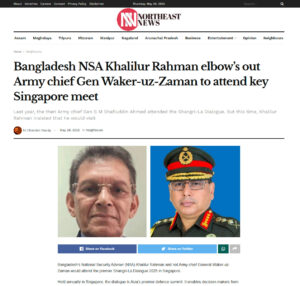This content is restricted to site members. If you are an existing user, please log in. New users may register below.
From Liberation to Leverage: The Arc of Bangladesh–India Economic Relations

Reading Time: 3 minutes Since the independence of Bangladesh in 1971, trade relations with India have followed a complex trajectory shaped by geopolitics, structural inequalities, and diverging economic priorities. The early years, especially from 1972 onward, were grounded in political goodwill, marked by the signing of the Treaty of Friendship, Cooperation and Peace. However, despite diplomatic warmth, actual bilateral trade remained extremely limited due to the protectionist economic regimes prevailing in both countries. During the 1970s and 1980s, economic policy in both states was inward-looking, and trade volumes were negligible. The real transformation began in the 1990s after India initiated economic liberalisation in 1991. Bangladesh, too, began opening its economy with a focus on export-led growth. During this period, bilateral trade volumes began to grow, albeit asymmetrically. India quickly emerged as a dominant exporter to Bangladesh, flooding the market with consumer goods, machinery, and chemicals. Despite repeated diplomatic efforts, Bangladesh’s

